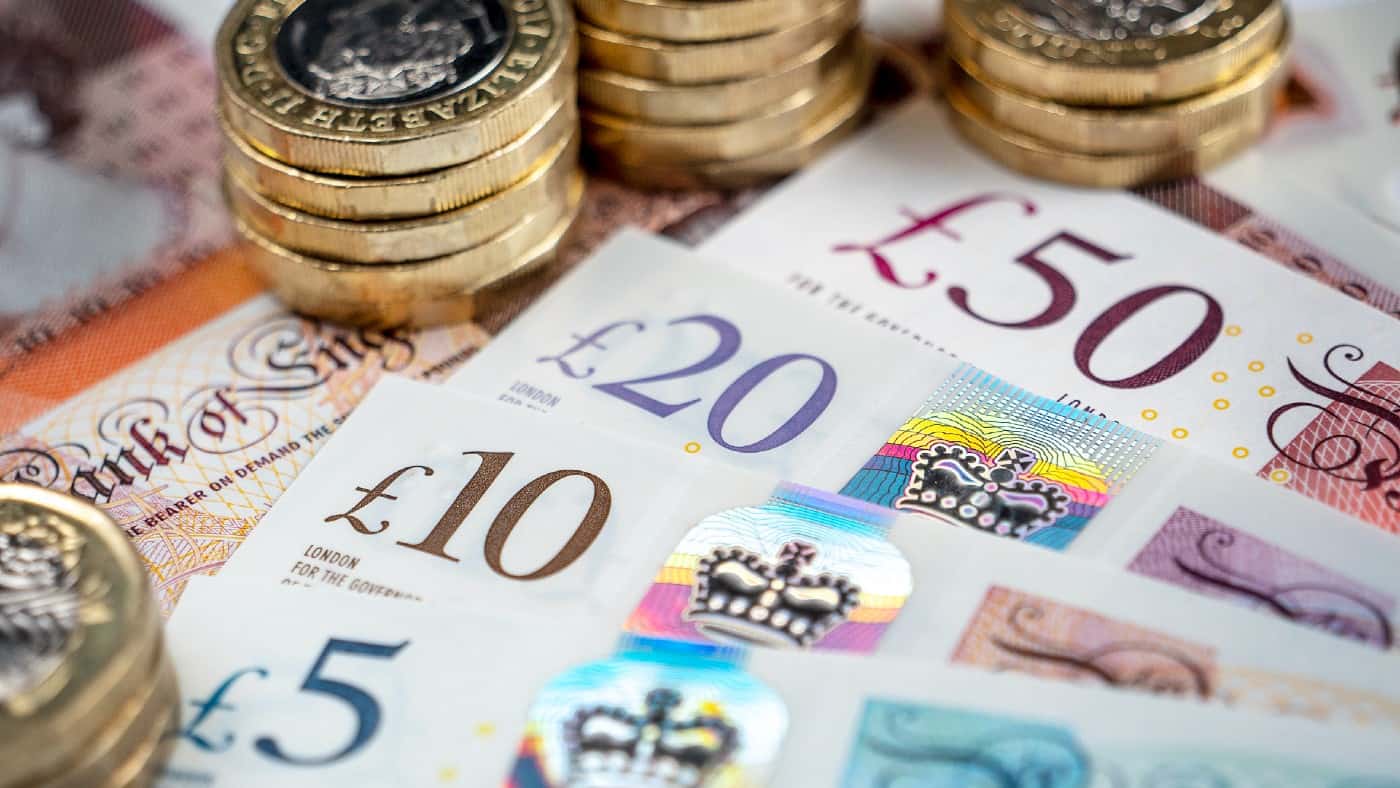We’d all love a second income wouldn’t we? A second income can be generated in many ways. I could take up part time work or look to earn a rental income. But, from experience, investing in stocks and shares is the best way to do it.
Starting an ISA
Building up a big pot takes time, there are risks, and goals might not be achieved. But buying shares is a proven route for building wealth.
If we’re starting with nothing, it’s probably safe to assume we haven’t opened a Stocks and Shares ISA already. Opening an ISA is easy. It’s essentially just a wrapper, and it can be opened through most major investment platforms such as Hargreaves Lansdown.
Should you invest £1,000 in Lok'nstore Group Plc right now?
When investing expert Mark Rogers has a stock tip, it can pay to listen. After all, the flagship Motley Fool Share Advisor newsletter he has run for nearly a decade has provided thousands of paying members with top stock recommendations from the UK and US markets. And right now, Mark thinks there are 6 standout stocks that investors should consider buying. Want to see if Lok'nstore Group Plc made the list?
One of the key advantages of Stocks and Shares ISAs is their tax efficiency. Any income or capital gains generated within them are exempt from income tax and capital gains tax, allowing investors to maximise their returns.
Please note that tax treatment depends on the individual circumstances of each client and may be subject to change in future. The content in this article is provided for information purposes only. It is not intended to be, neither does it constitute, any form of tax advice. Readers are responsible for carrying out their own due diligence and for obtaining professional advice before making any investment decisions.
Starting with nothing
When starting with nothing, I need to commit to regular savings. Without starting capital, this is the only way to reliably grow my portfolio in the early years.
Regular savings allow investors to establish a solid financial foundation. By consistently setting aside money, even small amounts, we can begin accumulating wealth and develop good saving habits. The latter is a core component of investing.
These days, due to the arrival of low-fee or no-fee investment platforms, and the creation of fractional shares — a development that allows investors to own just a part of a share rather than all of it — it’s easy to invest with a small amount of money.
I could start with as little as £20 a week. And, over time, I could build a sizeable portfolio which, in turn, could generate passive income. But today I’m going to use the following example: my wife and I both commit to saving £150 a month — so £300 a month as a couple.
The power of time!
Once I’ve worked out what I can afford, I’ve then got to realise that I’m not going to be able to achieve my goals over night. Instead, my strategy will be based around harnessing the power of compound returns. This is the practice whereby I earn interest on my interest by reinvesting my dividends (or returns from share sales) back into my portfolio.
Compounding is often likened to a snowball because, similar to a snowball rolling down a hill, it starts small but grows larger and gains momentum as it progresses. The larger the snowball gets, the more snow it collects and the faster it grows.
Similarly, a compound returns strategy generates growth not only on the original investment but also on the accumulated earnings or returns, amplifying the growth rate.
And the larger my portfolio, the larger the second income I can generate.
So here’s how large our second income could be by investing just £300 a month using a variety of returns. It’s naturally worth highlighting that if I chose my stocks poorly, the value of my investments could go down as well as up. That’s why it’s so important to have the right research. A seasoned investor may aim for low double-digit returns.
| 6% returns | 8% returns | 10% returns | 12% returns | |
| 5 years | £1,101.66 | £1,538.08 | £2,014.37 | £2,534.12 |
| 10 years | £2,741.83 | £4,054.95 | £5,637.38 | £7,543.83 |
| 20 years | £7,938.31 | £13,391.23 | £21,405.97 | £33,178.96 |
| 30 years | £17,392.77 | £34,114.43 | £64,092.20 | £117,784.80 |








